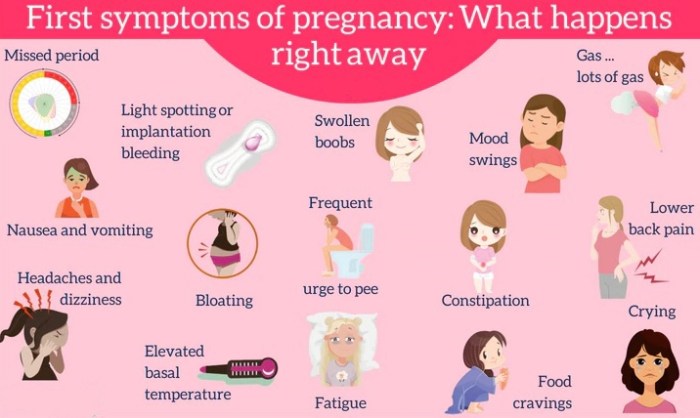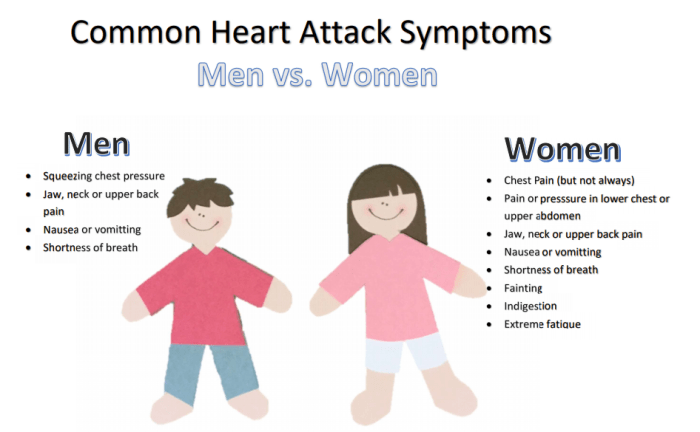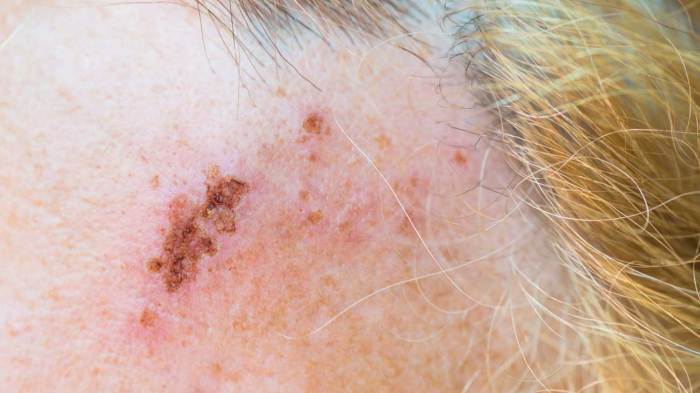Early symptoms of a biological attack may appear the same as those of common illnesses, making it challenging to distinguish between the two. Understanding the unique patterns and clusters of symptoms, as well as the potential exposure routes and targeted populations, is crucial for effective preparedness and response.
This comprehensive overview explores the challenges in differentiating biological attack symptoms from common illnesses, the importance of laboratory testing, and the factors that increase an individual’s susceptibility to biological agents.
Early Symptoms of a Biological Attack: Early Symptoms Of A Biological Attack May Appear The Same

Early symptoms of a biological attack can mimic those of common illnesses, making it difficult to distinguish between the two. It is crucial to be aware of these similarities and differences to ensure prompt and appropriate response.
Initial Symptoms and Resemblance to Common Illnesses
The initial symptoms of a biological attack may include:
- Fever
- Chills
- Headache
- Muscle aches
- Fatigue
These symptoms are similar to those of common illnesses such as the flu or food poisoning. However, the timing, severity, and combination of symptoms may provide clues to a biological attack.
Unusual Symptom Patterns and Clusters
Biological attacks can produce unusual patterns or clusters of symptoms that differ from typical illnesses. For example:
- Sudden onset of severe symptoms in a large number of people
- Symptoms that progress rapidly, becoming more severe within hours or days
- Unusual combinations of symptoms, such as fever, vomiting, and respiratory distress
Such patterns may indicate a biological attack and require immediate investigation.
Exposure and Contamination Routes, Early symptoms of a biological attack may appear the same
Biological agents can be spread through various routes, including:
- Inhalation (breathing in contaminated air)
- Ingestion (eating or drinking contaminated food or water)
- Skin contact (through contact with contaminated surfaces or bodily fluids)
Identifying the exposure route is crucial for proper diagnosis and response. It also helps prevent secondary contamination, where the agent spreads from the initial victims to others.
Targeted Populations and Risk Factors
Certain populations are more at risk of being targeted in a biological attack, including:
- Military personnel
- First responders
- Civilians in high-density areas
Factors that increase an individual’s susceptibility to biological agents include:
- Age (young children and the elderly are more vulnerable)
- Health status (compromised immune systems)
- Occupation (exposure to hazardous materials)
Differential Diagnosis and Laboratory Testing
Differentiating biological attack symptoms from common illnesses can be challenging. Laboratory testing plays a crucial role in confirming a biological attack and identifying the specific agent involved.
Types of laboratory tests used include:
- Culture and staining
- Polymerase chain reaction (PCR)
- Serology
These tests can detect the presence of specific biological agents or their components in blood, urine, or other bodily fluids.
FAQ Corner
How can we differentiate between biological attack symptoms and common illnesses?
Unusual symptom patterns, clusters, and timing can indicate a biological attack. Laboratory testing is crucial for confirming a biological attack and identifying the specific agent involved.
What are the most common exposure routes for biological agents?
Inhalation, ingestion, and skin contact are the primary routes through which biological agents can be spread.
Who is most at risk of being targeted in a biological attack?
Military personnel, first responders, and civilians in high-risk areas are among the populations most likely to be targeted.


